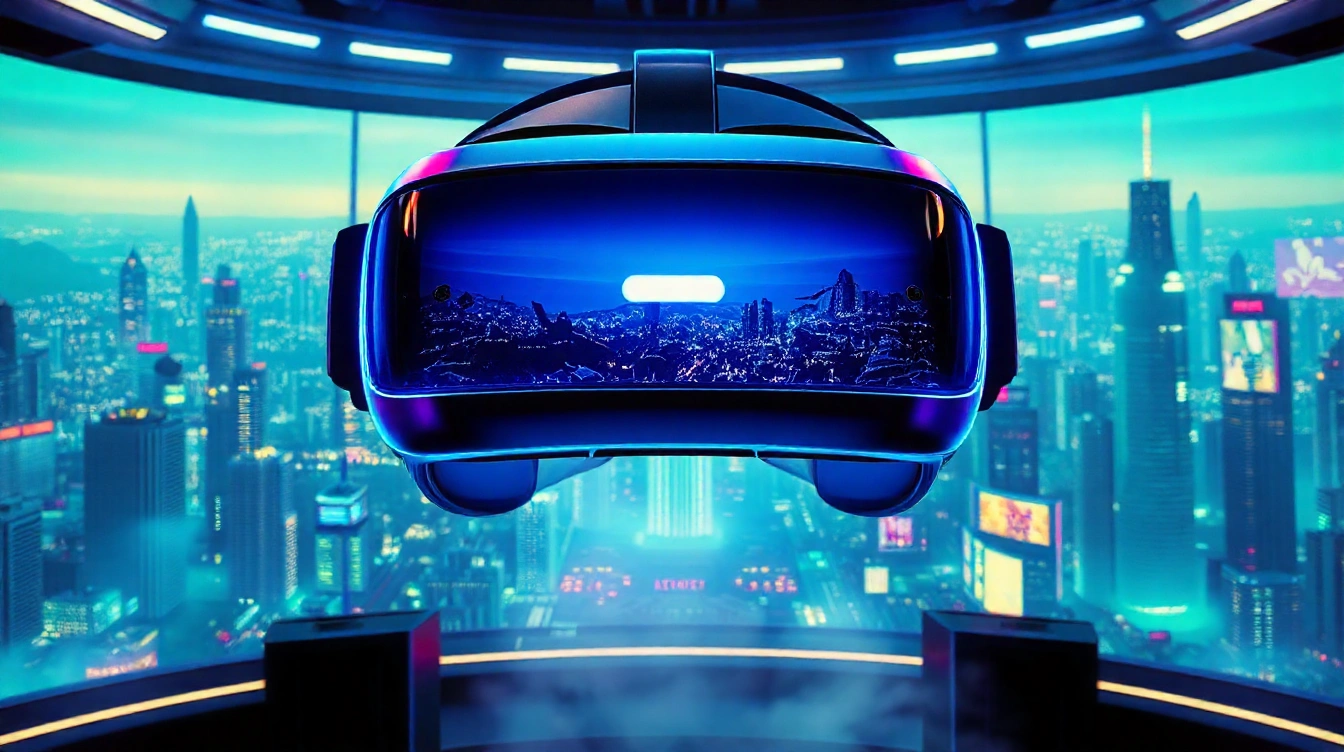The Impact of Virtual Reality on Gaming Experiences
Virtual reality in gaming has revolutionized how players engage with digital worlds. By offering immersive gaming experiences, VR technology places users directly inside the game environment, creating a level of presence that traditional screens cannot match. This deep immersion not only heightens emotional responses but also enhances player focus, making gameplay more compelling.
The VR impact on storytelling is profound. Developers now craft narratives that unfold around the player, encouraging exploration and interaction beyond scripted sequences. This transformation moves games from passive entertainment into active, personalized journeys. Players no longer just watch a story—they live it.
Have you seen this : What Are the Latest Advances in AI for Video Game Development?
Leading VR titles such as Beat Saber and Half-Life: Alyx demonstrate this shift vividly. These games showcase how virtual reality in gaming can blend precise physical movement with rich visual and auditory stimuli, expanding the boundaries of what games can offer. As technology advances, the VR impact promises even more innovative ways to captivate and engage players in immersive gaming experiences.
Advancements in VR Hardware and Software
Virtual reality is rapidly evolving, driven by VR hardware advancements and breakthroughs in VR software technology. Recent generations of VR headsets have become lighter and more ergonomic, incorporating higher-resolution displays that deliver crisp visuals, reducing motion sickness. Controllers now boast improved precision with finger tracking and adaptive grip sensors, enhancing natural interaction within virtual environments.
Also to discover : How do UK video games utilize sound design to enhance player experience?
Another leap forward appears in tracking systems. Inside-out tracking eliminates external sensors, offering users greater freedom of movement and simpler setup. This contributes significantly to the appeal of next-gen VR devices, making high-fidelity experiences accessible to a broader audience.
On the software front, platforms have become more powerful and user-friendly. Development tools feature intuitive interfaces and robust APIs, allowing creators to design complex worlds with greater ease. This fosters innovation in VR software technology, expanding the content library for consumers.
Moreover, integration of haptic feedback and sensory technologies enriches immersion. Devices simulate touch, temperature, and resistance, bridging the gap between digital and physical sensations. These combined advancements position next-gen VR as a transformative medium for gaming, education, and social interaction.
Emerging Gaming Genres and Interactive Possibilities
Virtual reality has expanded the landscape of gaming through VR game genres that were once unimaginable. Among these, social VR games stand out by transforming multiplayer experiences. Players no longer just compete or cooperate; they interact in shared, immersive worlds that encourage collaboration and social presence. This evolution offers richer, more meaningful connections compared to traditional online gaming.
Another exciting frontier lies in interactive VR games focused on fitness and education. VR-based fitness titles, for example, combine physical activity with gameplay, motivating users to stay active while enjoying immersive challenges. Educational VR games create engaging environments where players learn by doing, making abstract concepts tangible and memorable.
Narrative-driven VR games craft compelling stories enhanced by the player’s active participation. Such games integrate story and gameplay seamlessly, allowing users to influence plot developments through their actions, a feature unique to VR’s immersive nature.
These emergent genres demonstrate the versatile capabilities of VR technology, opening up possibilities not only for entertainment but also for personal growth, socialization, and health. The growing diversity in VR game genres promises exciting times ahead for both developers and players.
Expert Perspectives and Market Forecasts
Gaming industry leaders widely agree that the VR gaming future is promising, driven by rapid technological advances and increasing consumer interest. Experts emphasize how immersive experiences are reshaping gameplay, creating entirely new genres and opportunities for developers.
Current data shows steady growth in adoption rates, with more gamers embracing VR headsets for both casual and competitive play. This adoption is supported by improved hardware affordability and a growing library of engaging titles. Industry insights indicate that these trends will accelerate as accessibility enhances.
Market trends reflect significant investment flowing into VR, from both established gaming companies and startups. Analysts predict the VR market trends to include expansion into social and fitness gaming, further broadening appeal. Additionally, integration with 5G networks and enhanced motion tracking improvements suggest sustained growth.
These collective forecasts demonstrate confidence in VR gaming’s trajectory. The intersection of innovation, user experience, and investment creates a dynamic environment where this sector is poised for substantial expansion in the next decade. This growth is not only technical but also cultural, fundamentally altering how players engage with digital worlds.
Challenges and Limitations of VR in Gaming
Virtual reality (VR) gaming faces several VR limitations that impact broader adoption. A primary obstacle is the high cost of hardware, such as headsets and motion controllers, which can be prohibitive for many users. This financial barrier contributes to VR accessibility challenges, limiting the audience to enthusiasts with larger budgets.
Comfort and health concerns present another significant issue. Extended use of VR devices often leads to motion sickness, eye strain, and physical discomfort. These symptoms highlight ongoing obstacles in VR gaming, deterring continuous play and reducing accessibility for sensitive users or those with preexisting conditions.
Content scarcity remains a challenge, as VR game libraries are smaller compared to traditional gaming platforms. Developers face hurdles in creating engaging and diverse VR experiences that justify investment in equipment. This slows growth and affects user retention, as gamers may find fewer options worth exploring.
Together, these factors create a complex landscape where hardware, health, and content development intersect, posing persistent challenges for the VR gaming industry. Addressing these VR limitations is crucial for expanding accessibility, enhancing user comfort, and promoting sustained engagement.
The Future of Virtual Reality in Gaming
Virtual reality (VR) is poised to redefine how we interact with games, with the future of VR gaming promising unprecedented immersion. Next-generation VR systems are expected to enhance sensory feedback, making experiences not just visual but also tactile and auditory. Imagine games where you can physically feel textures or environmental changes, intensifying engagement beyond traditional screens.
Integration with other emerging technologies will drive the transformative gaming trends ahead. Combining VR with artificial intelligence can create dynamic, adaptive game worlds that respond uniquely to each player. Meanwhile, advances in 5G and edge computing will reduce latency, enabling seamless multiplayer experiences in vast virtual environments without glitches.
The long-term outlook envisions VR becoming mainstream, moving beyond niche setups into everyday living rooms. As hardware becomes more affordable and user-friendly, expect VR to merge with augmented reality, creating mixed reality platforms that blend the physical and digital seamlessly. Developers and gamers alike anticipate this evolution, as it promises not only deeper immersion but also new genres and ways to socialize within games. The next-generation VR era will likely make gaming more interactive, social, and personalized than ever before.







